Reliable Metrics
Gauge the amount of time users spend online.
Question 1. Can any product measure time
spent on the Web?
Answer. No they can't. The reason is simple. The fact that
a user downloaded a Web page to a browser doesn't necessarily mean
that he or she was actually looking at that page while it was open.
After all, the user could have received a phone call, gone
to lunch, attended a short-notice meeting, or been interrupted by a
colleague. Also, users typically have more
than one page open at a time, but only one is truly
viewable, and there is no technical way to know which one. Lastly,
downloading a Web page is not like establishing a telephone connection.
With telephones, the beginning and end of the call are logged (making
the duration measurable), and it's safe to assume that a "session"
was taking place. Conversely, when a computer user clicks a URL,
that action merely constitutes a one-time request for a document,
and the "connection" with the server is immediately broken.
There is no session, no end-of-session, and no possibility
of measuring duration.
It's true that some products claim to measure time spent on the
Web. This is an appealing but unachievable and misleading assertion.
And the use of such products can lead managers to take ill-considered
and unjustifiable actions against users.
Question 2. If time spent can't be measured,
what then is the best way to gauge the level of Web-visit activity
by user or by category?
Answer. The best way is to count and report the number of
times the user actually clicked on (i.e., visited or viewed the page) specific Web
sites and Web pages. To do this accurately though, the software
must clearly distinguish true visits from other types of hits, e.g.,
graphics, banners, ads, background audio, and video images. To
our knowledge, we are the only vendor that uses the visit-count
approach. Other vendors' products typically mix true visits with
all other types of hits, seriously distorting the true nature and
level of the user's activity.
Question 3. How does "Download Time"
relate to this issue?
Answer. Only indirectly. Download time is an estimate of
the amount of time required, per visit, for the average Web page
to load in the browser. It only represents the absolute minimum
time the user was active with respect to the visited site (or page).
As for gauging level of activity, download time can be used to supplement
visit-counts or to make relative comparisons between users or between
categories of activity. In our products, the numerical average is
configurable because the actual average may vary from one organization
to another.
For additional information on this subject, see the following white papers:
© Copyright 1996-2024 Wavecrest Computing. All Rights Reserved.-Karleen Carlson, IT Manager, Van Diest Supply Company







